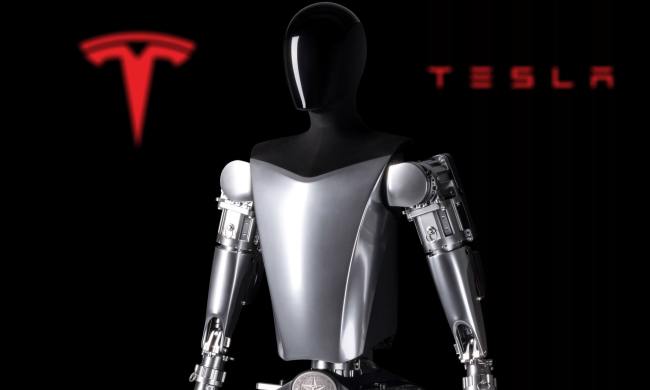Recently, an international advocacy group accused tech giants including Apple, Google, Microsoft, Dell and Tesla of “knowingly benefiting from” the exploitation of young kids to mine cobalt in the Democratic Republic of Congo. Why cobalt? Because cobalt is a major component in the lithium-ion batteries that are found in nearly every rechargeable electronic device. Approximately two-thirds of the world’s cobalt supplies come from Congo.
The case underscores a massive problem: Batteries are a necessary component in a growing number of products around the world. But many of the heavy materials they are made from, such as nickel and cobalt, carry enormous environmental and humanitarian costs.
A breakthrough new battery created by engineers from IBM Research may present a path forward, however. IBM recently announced that it is hard at work developing a novel battery technology that could eliminate the need for heavy metals altogether in battery production. And offer some nifty performance and safety boosts, to boot.
“Although there are no heavy metals in this battery design, it has been proven to out-perform standard lithium-ion batteries in initial tests at our Battery Lab,” Young-hye Na, materials innovation manager for next-gen batteries at IBM Research, told Digital Trends. “In addition to much lower flammability and more sustainable materials, as well as lower cost due to less expensive materials, this battery design can be configured to outperform lithium-ion options in a number of areas. This includes charging time, [where] it can reach an 80% charge in less than five minutes. This is critical to applications where quick charging time is key and has been an obstacle — such as within electric vehicles.”
In tests, the battery design was able to achieve a power density of more than 10,000 W/L. That exceeds the power level of currently available lithium-ion batteries. The active cathode material in the battery, iodide, can be extracted from seawater. This makes it more environmentally friendly than terrestrial mining. Because seawater extraction does not necessarily require fresh water for processing it minimizes the amount of contaminated water that is created for disposal.
But as exciting as this is, there’s still a lot more work to be done. “We are still in the early stages of the development of this battery, so at this point we do not have definite timelines for when this battery might be ready for commercial use,” Na continued. “However, we have announced collaborations with Mercedes-Benz Research and Development North America; Central Glass, a top battery electrolyte suppliers; and Sidus, a Silicon Valley startup and battery manufacturer, to help us move this design from the lab into pilot production.”



